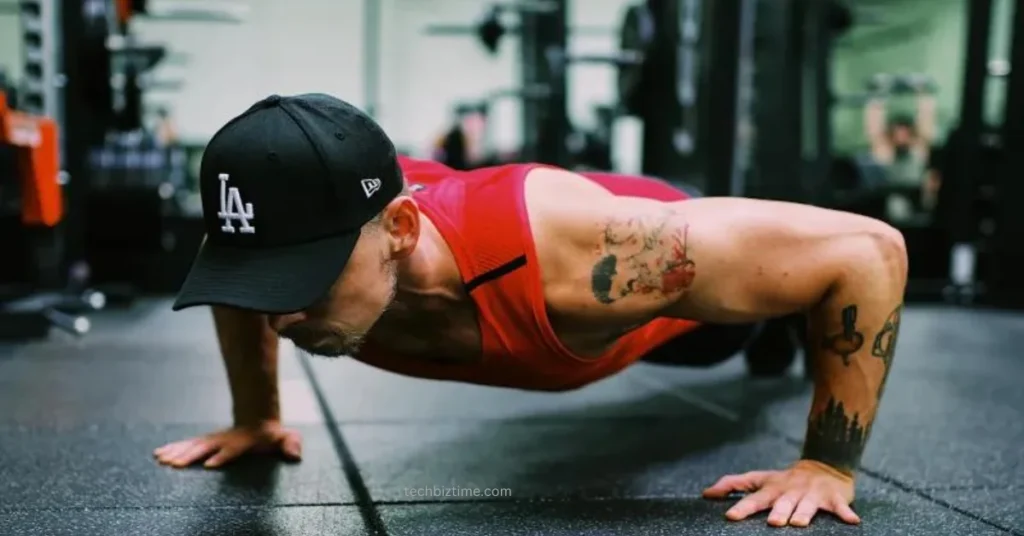When trying to create a workout routine, many people are unsure of what the P stands for. In this article, we will discuss What pushing P means in a workout routine and how it can help you achieve your fitness goals.
What Does P Mean in a Workout Routine?
P stands for “pace.” When you’re working out, it’s important to keep a consistent, brisk pace to burn more calories and achieve your fitness goals. How do you determine your pace? One way is to multiply your walking speed by 2.5. So if you’re walking at a normal pace, multiplying that number by 2.5 would give you a running speed goal. Alternatively, you can use a metronome to help you keep the same pace throughout your workout.
Other factors that can affect your exercise tempo include how vigorous the activity is and how much muscle weight you’re using. What does pushing P mean So if you’re doing an intense cardiovascular workout, for example, your pace might be different than if you were working out with lighter weights and fewer reps. Ultimately, finding the right pace for you is all about listening to your body and exercising at a level that makes you feel good but still puts in the necessary work.
What is the Purpose of P in a Workout?
P stands for “pace.” When planning your workout, make sure to adhere to a comfortable pace that allows you to finish the routine without feeling too exhausted. Pacing yourself in a workout will help you expend more energy, burn more calories and achieve your fitness goals.
When to Use P in a Workout Routine?
P stands for “power”. Power is one of the most important components to a successful workout routine. When you’re working out, your goal should be to increase your power.
There are a few ways to increase your power:
- Increase your intensity. Increase the amount of effort you’re putting into your workouts. Work at a higher intensity level than you’re used to and see if that increases your power output.
- Add more repetitions. If you’re not getting results with increased intensity or adding more reps, try increasing the number of repetitions you do. This can help to build muscle and increase your power output.
- Use weights that are appropriate for your level of fitness. Some people find success by working with heavier weights than others; others find success by working with lighter weights. Try using weights that are within your weight-lifting abilities and see what results you get.
How Much P Should You Use in a Workout?
When it comes to working out, one of the most common questions is how much P you should use. P stands for power, and when it comes to working out, more power means faster results. However, there’s a right amount and type of P that you need in order to achieve the best results.
Powerlifting workouts are often built around the five repetition maximum (5RM), which is the heaviest weight that you can lift five times without stopping. When training for your 5RM, it’s important to use a weight that allows you to complete all five reps with proper form.
However, if you’re just starting out or don’t have any muscle mass yet, using a lighter weight will allow you to increase the number of repetitions you can do. What does pushing P mean When starting out, aim for two sets of 10-15 reps with a moderate weight. As your muscles grow and your strength increases, you can gradually increase the weight and/or the number of sets you do.
